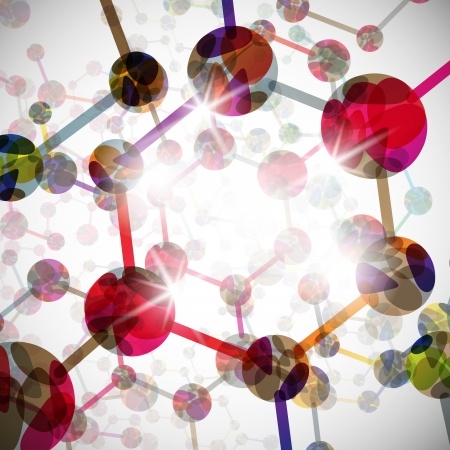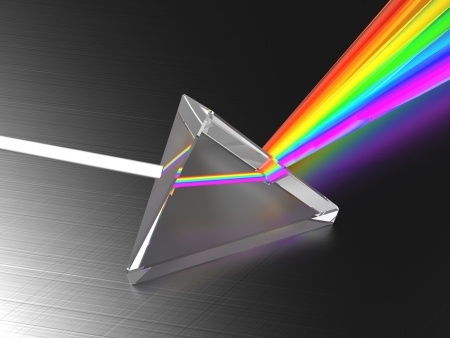This regular feature of STAOblog brings you a sampling of the latest science news that would be of particular interest to your students. Incorporate these stories into your lesson. Or, use them as a “cool attention-grabber” at the start of class. Above all, enjoy the discussion and get your kids excited about science! “SciNews” is published every Monday and Thursday.
Share your favourite SciNews “gems” by emailing them to staoblog@stao.org.
How do you use scinews in your class? Share your tips using the comment button.
 Biology
Biology
Fresh Mammoth Carcass from Siberia Holds Many Secrets. Scientific American
A woolly mammoth carcass recently unearthed in Siberia could be the best hope yet for scientists aiming to clone the massive, long-extinct beast. Read more…
NATURE OF THINGS. Identical twins’ differences focus of epigenetics studies. CBC News
Researchers are focusing on the differences between identical twins, rather than the similarities, in an attempt to rethink the nature versus nurture debate, and unlock medical mysteries including cancer. Read more…
Ebola vaccine shows no major side effects in small study. Science News.
An experimental vaccine against Ebola virus has tested well in people, researchers report. Read more…
 Chemistry
Chemistry
Why is Snow White? About Chemistry.
Snowflakes are crystals of frozen water. Water and ice appear clear or slightly blue in large volumes, so why is snow white? The reason has to do with the way light interacts with snowflakes and the air molecules packed between each and every snowflake. Read more…
Graphene shows promise for bulletproof armour. BBC News
US researchers carried out miniature ballistic tests by firing tiny silica spheres at sheets of graphene. In Science magazine, they report that atom-thick layers of this material can be stronger than steel when it comes to absorbing impacts. Graphene consists of a sheet of single atoms arranged in a honeycomb structure. Read more…
 Physics
Physics
Bar room science: What beer can teach us about volcanoes. Quirks and Quarks, CBC News.
Scientists in Spain have used the principle behind a common bar trick to better understand the physics of volcanic eruptions and the release of deadly gasses from the Earth. It’s a wonderful demonstration of seeing basic scientific principles at work in everyday life. Read more…
Cooling with the coldest matter in the world. Science Daily
Physicists have developed a new cooling technique for mechanical quantum systems. Using an ultracold atomic gas, the vibrations of a membrane were cooled down to less than 1 degree above absolute zero. This technique may enable novel studies of quantum physics and precision measurement devices. Read more…
 Earth and Space Science
Earth and Space Science
Risk from extreme weather set to rise. BBC News
The Royal Society warns that the risk of heatwaves to an ageing population will rise about ten-fold by 2090 if greenhouse gases continue to rise. They estimate the risk to individuals from floods will rise more than four-fold and the drought risk will treble. Read more…
Scientists Discover Impenetrable Barrier 11,500 km above Earth. Sci-News
A group of researchers headed by Prof Daniel Baker of the University of Colorado’s Laboratory for Atmospheric and Space Physics has discovered a nearly impenetrable barrier some 11,500 km above our planet that blocks so-called ‘killer electrons,’ which can fry satellites and degrade space systems during intense solar storms. Read more…




